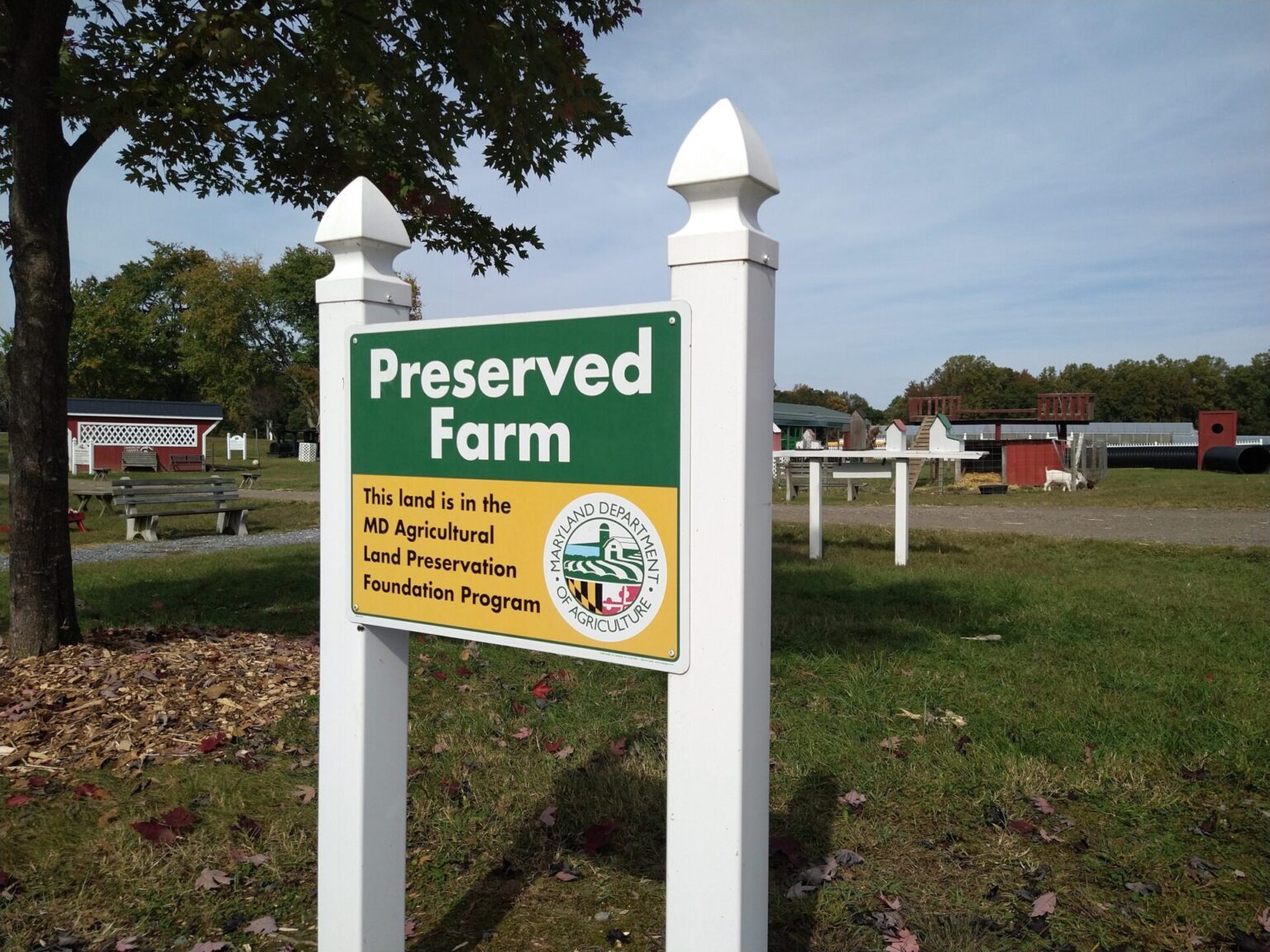HAGERSTOWN – The Washington County Department of Planning & Zoning has preserved a 245-acre farm on Ringgold Pike in Hagerstown, adding more to 41,000 acres of already preserved land in the County.
With funding from the Maryland Agricultural Land Preservation Foundation and Washington County, the new easement preserves a significant dairy and crop operation located north of Smithsburg, supporting ongoing efforts to protect agricultural resources and encouraging neighboring property owners to pursue permanent easements.
“Through these easements, we are protecting productive agricultural lands to maintain a land base that can sustain the population of the State of Maryland,” County Rural Preservation Administrator Chris Boggs told LocalNews1. “The farm can still be sold, but any landowner is subject to the restrictions of the easement.”
To fund the easement, the county contributes varying amounts as well as through a 60-40 match with the State of Maryland up to $3 million. The average appraised easement value this past cycle was $5,655 per acre, Boggs said.
The Maryland preservation fund is the county’s leading land preservation program, accounting for more than16,000 acres, or 39 percent, of the county’s permanent easements. The program is funded and administered by the Maryland Department of Agriculture and locally managed by the Land Preservation Office of the Washington County Department of Planning & Zoning.
The other 61 percent comes from other programs designed to preserve open space like the Rural Legacy and Conservation Reserve Enhancement Programs, and Maryland Environmental Trust, among others.
The sale, effective on Oct. 29, was the sixth in the fiscal year 2023 cycle. Farmers may apply annually for the easements. The owner still holds full title on the property after the easement is in place and may sell it at any time they wish after the easement is settled.
While the state does not have a specific goal acreage in mind, Washington County’s goal is 50,000 acres.
In addition to safeguarding the county’s ability to contribute to food production in the state, the foundation also seeks to curb random urban development and accompanying blight and deterioration, protect woodland and open space, as well as wildlife habitat and the environmental quality of the Chesapeake Bay and its tributaries.


















